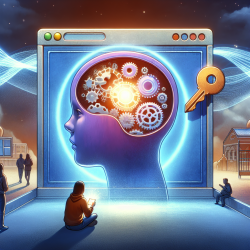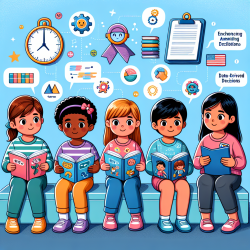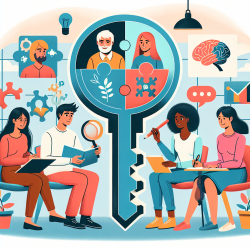Introduction
In the realm of adolescent mental health, bulimia nervosa (BN) presents a multifaceted challenge. Recent research by Koposov et al. (2023) highlights the intricate relationship between bulimia symptoms and emotional regulation issues, particularly anger and aggression. Understanding these dynamics can significantly enhance therapeutic approaches for practitioners working with adolescents.
Key Findings from the Study
The study examined a representative sample of adolescents from northwestern Russia, revealing that clinical levels of bulimia symptoms (CLBS) were more prevalent in girls (13.4%) than boys (3.5%). However, boys with CLBS exhibited higher levels of verbal and physical aggression, anger rumination, and social aggression compared to girls. These findings underscore the importance of considering gender differences when addressing BN symptoms.
Implications for Practitioners
Practitioners can leverage these insights to refine their therapeutic strategies. Here are several actionable steps:
- Screen for Aggression: Given the strong association between BN symptoms and aggression, particularly in boys, clinicians should incorporate aggression screening into their assessments. This can help identify underlying issues that may complicate treatment.
- Address Anger and Rumination: Anger management and rumination-focused interventions could be pivotal. Techniques such as cognitive-behavioral therapy (CBT) and mindfulness can help adolescents manage these emotions effectively.
- Gender-Specific Approaches: Tailor interventions to address the distinct ways boys and girls experience and express aggression and anger. This could involve more focus on verbal and physical aggression in boys and social aggression in girls.
Encouraging Further Research
The study highlights gaps in understanding the gender-specific manifestations of BN symptoms and their emotional correlates. Practitioners are encouraged to engage in or support further research in this area, which could lead to more nuanced treatment protocols and improved outcomes for adolescents.
Conclusion
Integrating the findings from Koposov et al. (2023) into clinical practice can enhance the effectiveness of interventions for adolescents with BN symptoms. By focusing on the interplay between bulimia, anger, and aggression, practitioners can provide more comprehensive care. To delve deeper into the original research, please follow this link: Bulimia symptoms and anger and aggression among adolescents.










